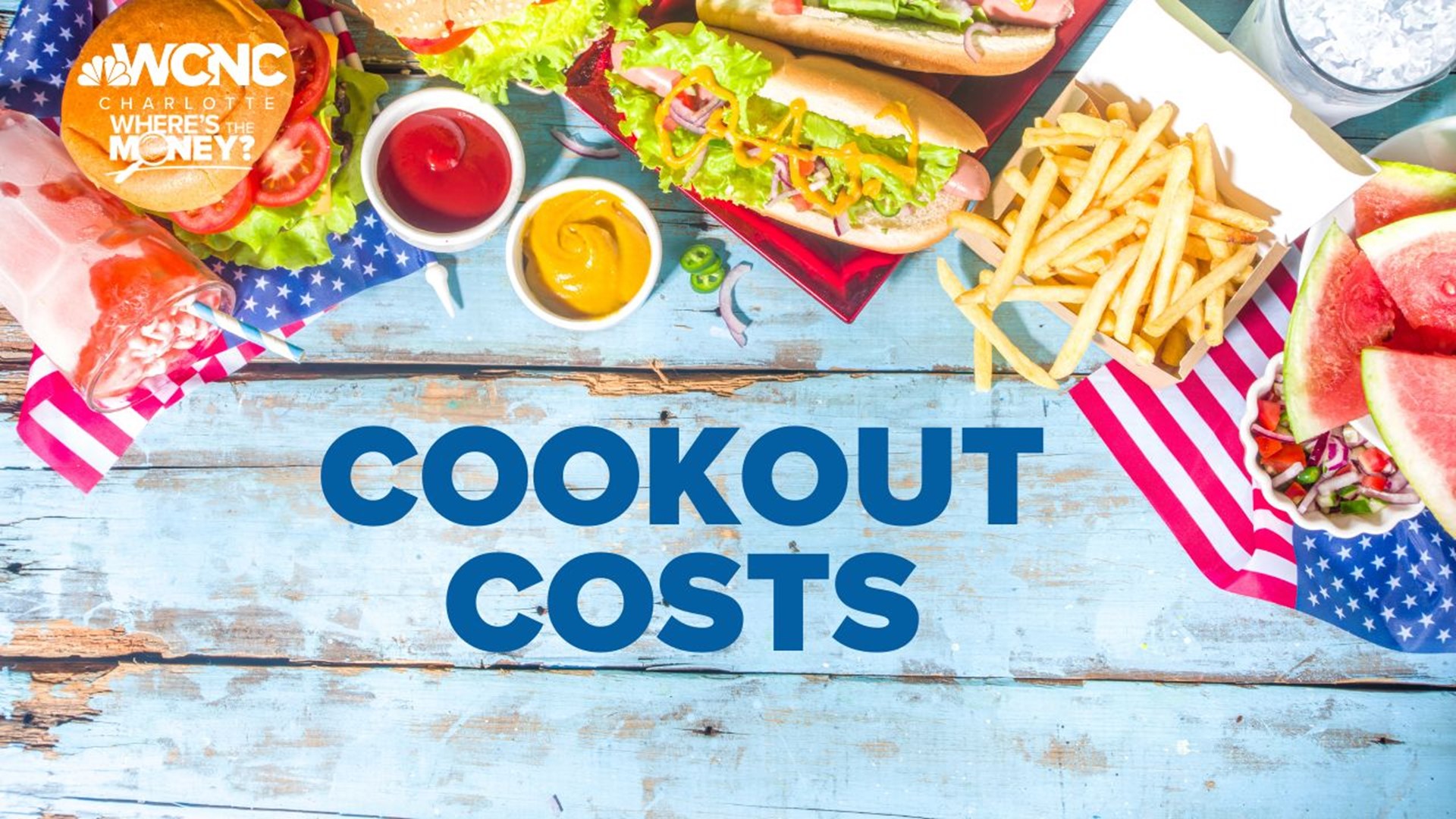WASHINGTON — An inflation index that is closely monitored by the Federal Reserve tumbled last month to its lowest level since April 2021, pulled down by lower gas prices and slower-rising food costs.
At the same time, consumers barely increased their spending last month, boosting it just 0.1%, after a solid 0.6% gain in April.
The inflation index showed that prices rose 3.8% in May from 12 months earlier, down sharply from a 4.4% year-over-year surge in April. And from April to May, prices ticked up just 0.1%.
Still, last month's progress in easing overall inflation was tempered by an elevated reading of “core” prices, a category that excludes volatile food and energy costs. That underscored the Fed's belief that it will need to keep raising interest rates to conquer high inflation.
Core prices rose 4.6% in May from a year earlier, down slightly from the annual increase of 4.7% in April. It was the fifth straight month that the core figure was either 4.6% or 4.7% — a sign that the Fed's streak of 10 rate hikes over the past 15 months hasn't subdued all categories of prices. From April to May, core prices increased 0.3%, a pace that, if it lasts, would keep inflation well above the Fed's 2% target.
Friday's government report arrives two days after Chair Jerome Powell said the Fed was prepared to keep interest rates at their peak for an extended period to tame the still-rising prices that have shrunk Americans' inflation-adjusted paychecks and disrupted businesses. The Fed's policymakers, as a group, envision two additional rate hikes this year.
“The bottom line is that (interest rate) policy hasn’t been restrictive enough for long enough,” Powell said in his remarks at an international forum in Sintra, Portugal. He reiterated his view that prices for services, such as restaurant meals, hotel rooms and health care, are still rising too fast, driven in part by the need of many companies to raise pay to attract and keep workers.
The inflation gauge that was issued Friday, called the personal consumption expenditures price index, is separate from the government’s better-known consumer price index. The government reported earlier this month that the CPI rose 4% in May from 12 months earlier.
Since inflation began surging after the pandemic recession, the PCE index has tended to show lower inflation than CPI. In part, that was because rents, which were among the biggest inflation drivers, carry twice the weight in the CPI that they do in the PCE. In addition, the PCE index seeks to account for changes in how people shop when inflation jumps. As a result, it can capture emerging trends — when, for example, consumers shift away from pricey national brands in favor of cheaper store brands.
Beginning with its first hike in March 2022, the Fed has lifted its benchmark interest rate to about 5.1%, its highest level in 16 years, before forgoing a hike at its most recent meeting earlier this month.
On Wednesday, Powell suggested that the Fed could slow its rate hikes to a pace of every other meeting, though he cautioned that the central bank’s policymakers haven’t agreed to that yet. Moderating their pace of rate hikes would allow Fed officials to better gauge how the economy has been affected and perhaps avoid tightening credit so much as to tip the economy into a painful recession.
“But I wouldn’t take (raising rates) at consecutive meetings off the table at all,” Powell said.
The economy has shown surprising resilience despite the Fed’s rate hikes, defying long-standing forecasts of a recession. A measure of the economy’s growth in the first three months of the year was sharply upgraded Thursday to a solid annual pace of 2%, from a previous estimate of 1.3%.
Still, the economy’s durability could prove a mixed blessing. The Fed is raising rates to try to cool borrowing and spending by businesses and consumers. It hopes employers will then reduce their demand for workers, which, in turn, could slow wage increases and inflation pressures.
Yet if the economy continues to expand at a solid pace, the Fed would likely feel compelled to send rates even higher to achieve its goal of bringing inflation back down to 2%.

